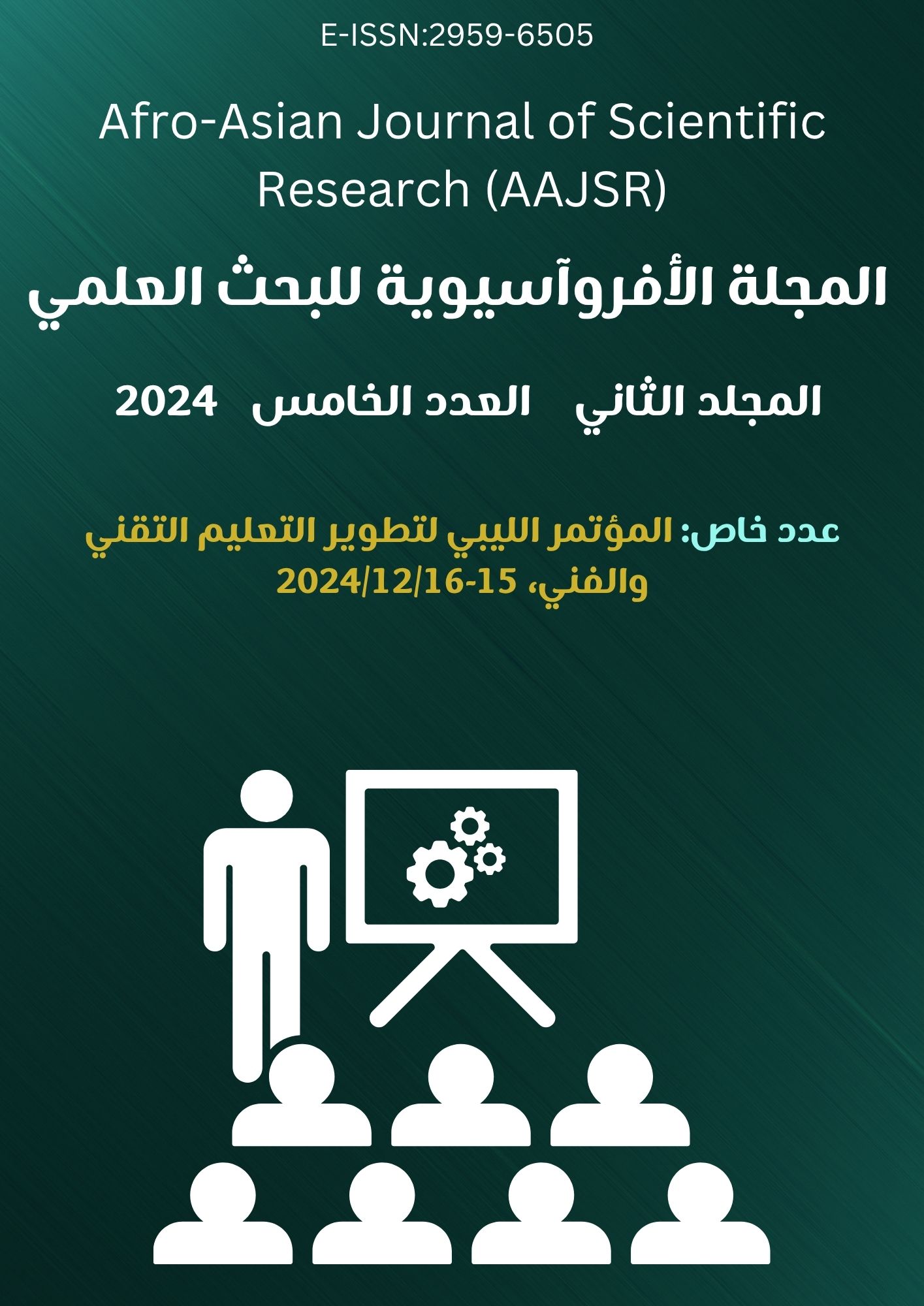A Design Curriculum with an Entrepreneurial Edge Education Promotes Enhanced Career Opportunities
الكلمات المفتاحية:
Design Education, Entrepreneurship Education, Design-Led Entrepreneurship, Entrepreneurial Skills, Multidisciplinary Collaborationالملخص
This paper explores how integrating students' entrepreneurial skills, impressions, and attitudes regarding establishing a business, students' career prospects are positively impacted by the inclusion of entrepreneurship in the final-year design curriculum. Exposure to entrepreneurship heightens students' talents as well as their perspectives on entrepreneurship. Entrepreneurship education promotes enthusiasm, curiosity, and confidence, impacting students' decision-making when choosing entrepreneurship as a career route. Students who engage with creativity, design thinking, and entrepreneurial mindsets graduate with enhanced curricula and greater professional success rates. Furthermore, encouraging students to engage in entrepreneurial activities that foster positive mindsets and social behavior attitudes will help them make better career decisions and further develop their entrepreneurial tendencies, which will help them succeed in their chosen fields going forward. An entrepreneurship-focused final-year design course can significantly enhance students' ability to think outside the box and overcome the obstacles of starting their organization. By including entrepreneurial principles in design education, students can gain a broad skill set that combines design thinking, business understanding, and an entrepreneurial mindset. In keeping with the growing interest in design-led entrepreneurship, the approach places a strong emphasis on the need for multidisciplinary collaboration and the integration of numerous knowledge disciplines, including management, business, and entrepreneurship studies. By using active learning approaches and tools that emphasize teamwork, problem-solving, and creative thinking, educational institutions may foster an environment that is conducive to innovation and venture formation while also preparing their students for careers in entrepreneurship. Utilizing computational fluid dynamics (CFD) models for predictive analysis is a key component of integrating entrepreneurship into the design of laminar jet and stirred tank systems for studying CO2 kinetics, from PhD research to commercial production. For CO2-ionic liquid systems in stirred tanks, the design process can maximize mixing durations, energy efficiency, and flow characteristics by combining cutting-edge techniques like jet mixers and double-layer combined impellers. Furthermore. These understandings are essential for transferring processes from laboratory-scale research to industrial applications. Through the use of cutting-edge technology and computational tools, the design phase's incorporation of entrepreneurship guarantees a smooth transition from academic research to the development of commercially feasible reactors for CO2 absorption and conversion. Ultimately, for outcomes developed during any final research stages to be successfully commercialized, it is critical to evaluate the institution's willingness to transfer technology to commercial production facilities. Researchers can effectively navigate this challenging transition by incorporating entrepreneurial education into last year's design course






